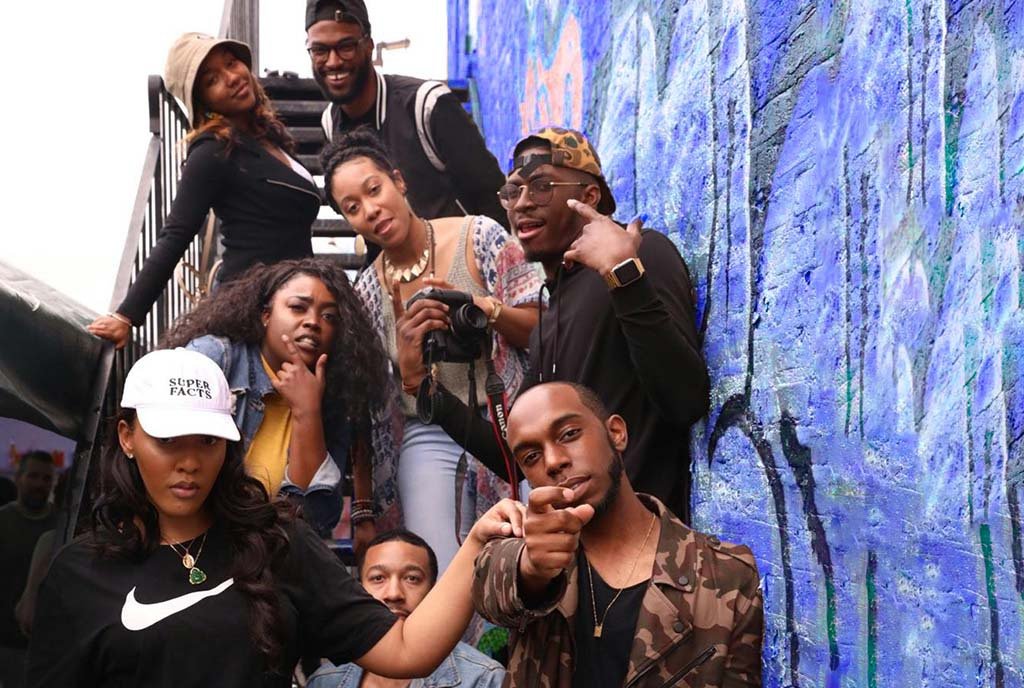
March 7, 2016; New York Times
Most visitors to a museum are used to seeing funder crediting that thanks corporate, foundation, government, and individual donors for making an exhibition possible. But increasingly, many high-profile art galleries are joining that list. Due to an expanding art market, diminishing corporate donations, and the high cost of exhibition mounting, many nonprofit museums are leaning on funding support from commercial galleries. Donations from galleries to museum exhibits that feature artists which the galleries represent can be anywhere from a few thousand dollars to six figures or more.
With artist- or discipline-specific projects, particularly when works are recent and artists are not extremely well known, it can be difficult to find funders to support exhibitions. For fundraisers at these institutions, requesting contributions from galleries whose artwork will receive increased exposure is a mutually beneficial arrangement.
Many gallery owners agree. Jeffrey Deitch, the well-known art dealer and former director of the Museum of Contemporary Art, sums it up: “Museums are giving these galleries the best platform in the art world for free, where they can sell work to their clients on the walls of the greatest museums. If the galleries can contribute, why not?”
Sign up for our free newsletters
Subscribe to NPQ's newsletters to have our top stories delivered directly to your inbox.
By signing up, you agree to our privacy policy and terms of use, and to receive messages from NPQ and our partners.
Critics of this increasingly common arrangement cite conflict of interest concerns and a diversion of the museum’s mission to promote art for art’s sake. Some even fear that we could see a “pay to play” model at work in the future that will cause galleries to exert undue influence over the artwork that is displayed to the public. Maxwell Anderson, former director of the Whitney Museum of American Art, explains, “Gallery-supported exhibitions commingle inventory that may be for sale with museum inventory. The self-interest of the gallery can compromise the independence and integrity of the curatorial voice.”
Galleries and museums are not the only parties that benefit from this unique funding arrangement. For artists, this new model of support can also offer the enticing combination of the prestige and exposure that a major museum exhibition can provide alongside increased sales and commissions from well-known galleries and piqued interest from major collectors. Prior to his showing in the “Forever Now” exhibit at MoMA, Mark Grotjahn’s artwork fetched an average of $322,000 at auction in 2010. Following the exhibition, which featured seventeen artists “whose paintings reflect a singular approach that characterizes our cultural moment at the beginning of this new millennium,” single paintings by Grotjahn sold for an average of $1.2 million in 2015.
Gallery owners shake their heads and grumble, but there is not much to do except pay up. Many art dealers have come to accept that this practice is just one of many costs of doing business. Just as it is in the artists’ and galleries’ best interests to set up shop at international art fairs such as Miami Art Basel or the Armory Art Show (where the average price for exposure like this starts at $100,000 and increases from there), it is also necessary to have their work featured in prominent exhibitions at the world’s finest museums. Sometimes, however, there is a bit of pushback from dealers. Many galleries will request something tangible in return for their support, such as tickets to galas, crediting language in the catalogue, or other sponsor benefits. “Museums understand that whether funding is coming from a bank, a luxury brand or a gallery, there needs to be some benefit to that sponsor,” says Lucy Mitchell-Innes, the owner of Mitchell-Innes & Nash Gallery.
Is gallery funding for museums so different from other forms of corporate support? Will these trends cause long-term change within the art community? It is difficult to come to any conclusions at this time. It is clear, however, that with higher prices at auction and more and more high profile exhibitions than ever before, the competition on both the for-profit and nonprofit sides of the art business is fierce. As long as the public continues to demand showy exhibitions and private collectors drive prices further up, we will continue to see museums—and art galleries—seek ever-more innovative ways to attract attention and dollars.—Sophie Lewis













